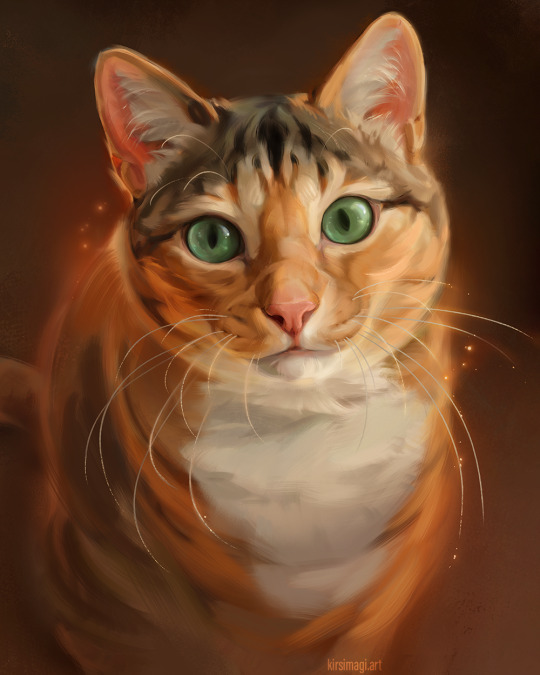Hello and welcome to my deep, dark abyss ! You will find many things in there, facts, stories, info dumping. Don't be scared to dive in !
Don't wanna be here? Send us removal request.
Photo

“A Family portrait during the Spanish Flu, 1918″
(via)
64K notes
·
View notes
Text
Cheetah
AKA: spotted one (indian original name)
Acinonyx jubatus
Felidae family, acinonyx genus

Ultimate Infodump Sheet
General description
Cheetahs have pale yellow, grayish or fawn coats, covered in tiny black spots. The belly fur is lighter than the rest, while the color tends to darken on the back. Cheetahs have distinctive markins under the eyes that go down the muzzle, called a tear mask. They have black rings around the last third of the tail.
The cheetah's paws are long and narrow. They have semi-retractile claws on the front paws, and non-retractile claws on the hind paws.
Cheetahs' head-body length ranges from 112 to 150 cm (44 to 59"), and they are 67 to 94 cm (26 to 37") tall at the shoulder. Cheetahs weight between 21 and 72 kg (46 to 158 lbs). Males are usually larger than females.
They live 6 years on average in the wild, and 19 in captivity.
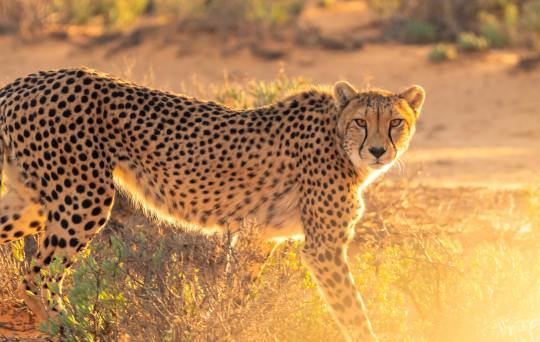

King cheetahs
The patterns of a king cheetah are caused by a slight melanism. Overall, the spots are bolder, sometimes even forming stripes. They have large stripes along the entierty of thair back, and rings are present on most of the tail.

Physical aptitudes
Cheetahs are the fastest land animal. The highest speed recorded for a cheetah was 113 km/h (70 mi/h). They are the only big cat able to turn in the air while sprinting. They use their tail for steering while they are running. They are bad tree climbers.
Contrary to members of the panthera genus, they do not roar: instead, cheetahs can purr, meow, chirp and yeep.
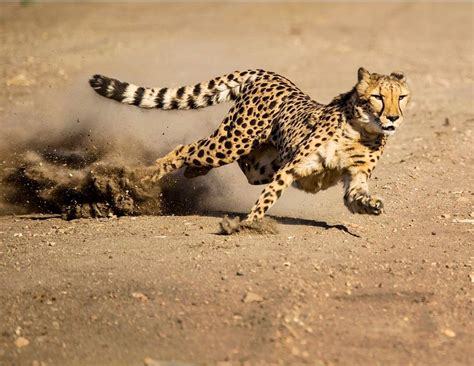
Habitat
Cheetahs live in savanna, shrublands, grasslands, wetalands, rocky areas, and in the desert. Due to their light weight, they are capable of living in dunes.
Cheetahs present in several small areas of Africa, in countries such as Algeria, Angola, Benin, Ethiopia, Tanzania, Uganda... They are extint on an alarmingly large portion of Africa.

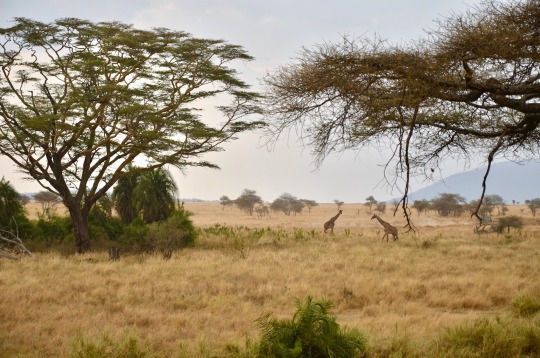
Diet
Cheetahs are carnivorous. Their diet includes gazelles (especially the Thompson's gazelle), impalas, as well as other small ungulates. They also prey on hares, birds, and other small animals.
Cheetahs charge from 70 to 100 meters (27 to 40 feet) away from the prey. They strangle the animal with their jaws. The chase can only last 500 meters (196 feet), and cheetahs can only maintain their top velocity for a few hundred meters.
Contrary to most felids, cheetahs are diurnal and hunt primarily during the day.
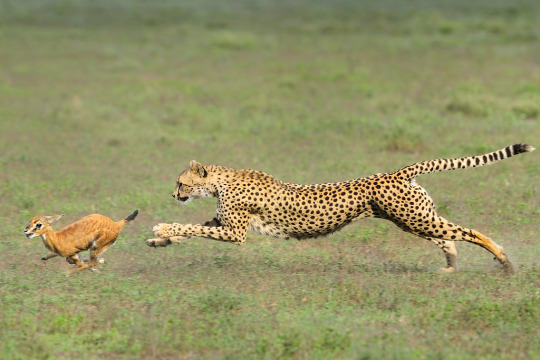
Reproduction
Cheetahs reproduce year-long, but mostly during wet season. Makes provide no parental care, and only interact with females during mating. If the female encounters a coalition, she will most likely reproduce with several males.
Gestation lasts between 90 and 95 days (about 3 months). Cubs open their eyes 4 to 11 days after birth, and start walking after 12 days. The litter size in the wild is 1 to 6 cubs, with an average of 3. In captivity, litters with 8 cubs have been recorded. Cubs are weaned between 3 and 6 months, and become independent between 15 and 17 months.
Cheetah cubs have a long, blue-ish gray mane along their head, neck and back, called "mantle". They gradually lose this fur until they reach adolescence. A study suggests that the mantle makes cubs ressemble honey badgers, which aids them to survive as a lot of animals avoid honey badgers.
Predation is the highest on cheetah cubs. The survival rate in Serengeti National Park, where several large carnivores live, is of only 17%.

Endangered
Cheetahs are classified as vulnerable in the IUCN Redlist. The population is fragmented and keeps on decreasing.
The causes are all human: climate change, energy production and mining, urban development, agriculture, roads, hunting, human intrusion, modification of natural systems, invasive species....

Extra links
An interesting, well illustrated informational website that I wish I'd found earlier in writing this
Amazing footage of a cheetah hunting a wildebeest
SOURCES
9 notes
·
View notes
Text
Sources
Main sources
Animal Diversity Web
Animalia
FelineWorlds
IUCN redlist
Wikipedia (rarely)
Cheetah specific
https://animalia.bio/cheetah
https://www.iucnredlist.org/species/219/247393967
https://cheetah.org/canada/2019/04/02/the-key-to-cheetah-cubs-survival/
https://en.wikipedia.org/wiki/Cheetah#References
https://www.hope4cheetahs.org/biology/
https://animaldiversity.org/accounts/Acinonyx_jubatus/#lifespan_longevity
https://www.felineworlds.com/cheetah/
0 notes
Text
youtube
Incredible snow leopard hunt: predator and prey fall off 390 feet
Language: French (auto captions available)
0 notes
Text
youtube
youtube
Cheetahs do not roar. They meow, purr, hiss and chirp!
0 notes
Text
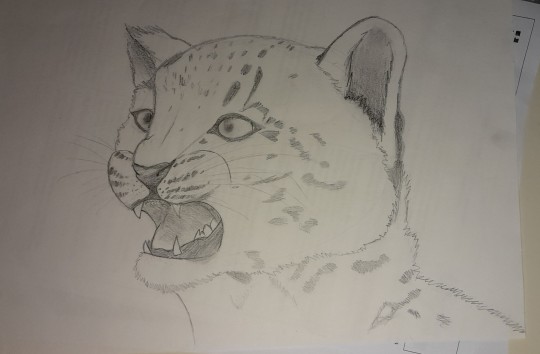
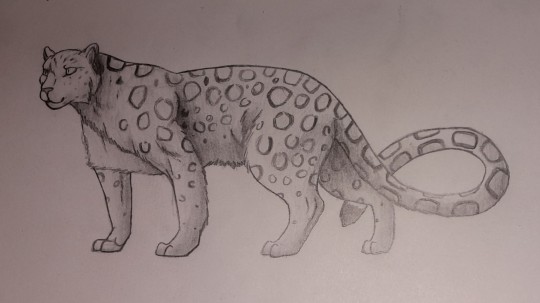
Snow leopards I made, respectively, with a model picture and a tutorial (that I lost in the internet)
#my art#felid#art#feline#artwork#traditional drawing#traditional sketch#traditional art#snow leopard#snow leopard art
2 notes
·
View notes
Text
Try to find the snow leopards hiding in these five photographies !
Find source website on PetaPixel (better picture quality)
there are three (3) snow leopards in this picture

there are four (4) snow leopards in this picture

there is one (1) snow leopard in this picture

there is one (1) snow leopard in this picture

there is one (1) snow leopard in this picture

Solutions ⬇️





2 notes
·
View notes
Photo

First Light
The days have been so bright and the sunrises so colourful lately.
DEVIANTART| INSTAGRAM | TWITTER | KO-FI | ETSY | REDBUBBLE
158 notes
·
View notes
Text
Clouded leopard
AKA: clouded tiger, strikingly marked cat
Neofelis nebulosa/ Neofelis diardi
Felidae family, Neofelis genus

Ultimate Infodump Sheet
General description
Nebulosa's coat is grayish brown with black spots (on the head, paws and tail) and large patches. Diardi's coat is similar, although darker and with smaller patches. They have short hair and a long tail. They eyes are usually brownish yellow or grayish green.
The clouded leopard's HB lenght is of about 106 cm (42"), with a 90 cm (35") long tail. It's about 50 to 60 cm (20 to 23") tall, and weighs around 18 to 23 kg (40 to 50 pounds).
The clouded leopard's paws are rather short, and it's head long. It's got, proportionally, the longest canine teeths of all felids, reaching 4 cm (1,5").
Clouded leopards are estimated to live about 11 years in the wild, althought some have lived up to 17 years in zoos. Hunting and habitat destruction limits lifespan.


Physical aptitudes
Clouded leopards can leap 4.5m (15`) from branch to branch.
Clouded leopards have incredible climbing abilities. They are able to get down trees head first, thanks to a particularity only shared with margays: their ankles rotate up to 180°. Their flexible joints allows them to hang from a branch using only their hind legs while they capture prey. Their center of gravity is low and their tail very long, offering an even beter balance.

Habitat
Neofelis nebulosa live from South Himalayas to Nepal, Bhutan, Myanmar, Taiwan, Vietnam, Thailand, Malaysia and Southern China. 3000m
Neofelis diardi, Sundaland clouded leopards, live in Borneo and Sumatra.
They live in tropical forests, up to 3000m (9842`) high for nebulosa and below 1500m (4921`) for sunda.
Clouded leopards have the habit to not only delimitate their territory with scent, but with visual markings as well. They place rocks, dirt piles on the edges.
Clouded leopards rest and even hunt in trees, but mainly on the ground. Sunda clouded leopards, in areas where the tiger is present, are thought to only travel through the canopy, as they avoid getting down to where their predator is.


Diet
Clouded leopards prey on birds, fish, monkeys, deers, and rodents. They can hunt directly in the canopy, and bring their food there to rest and protect it from leeches. Nebulosa are knows for preying on domestic animals such as pigs, goats, calves and poultry.

Reproduction
Clouded leopards mate once a year, often from September to March (diardi) and every 10 to 16 months (nebulosa). The female gives birth to 1 to 5 cubs after a gestation period of 88 to 95 days (diardi) and 85 to 109 days (nebulosa).
The cubs are colpletely independant at around 10 months old and reach sexual maturity at 2 years old (diardi) and 20 to 30 months for females and 23 to 24 months for males (nebulosa). Nebulosa kittens are weaned at 10 to 14 weeks old.
From what has been observed in zoos, reproduction is diffucult as the male oftens kills the female with a bite in the neck during mating.


Endangered
Clouded leopards are classified as "vulnerable" in the IUCN Redlist. They are endangered by deforestation and poaching.

Extra links
youtube
youtube
youtube
31 notes
·
View notes
Photo

Cheetah!
152 notes
·
View notes
Text
Caracal
AKA: Desert lynx, persian lynx
Caracal caracal
Felidae family, Feline sub-family

Ultimate Infodump Sheet
General description
The caracal lives about 8 to 9 years in the wild, and can live up to 20 years in captivity.
The caracal's pelt is of reddish brown shades. Its ears are black with long tufts of hair at the end. Its nose is black as well. The caracal has got two black stains on each side of its muzzle.
Caracals have longer and more muscular hind legs than front legs.
Height: 40-50 cm (16-20″)
HB Length: 61-105 cm (24-41″)
Tail Length: 19-34 cm (7.4-13″)
Weight: 6-20 kg (13-44 lbs)


Physical aptitudes
Caracals are able to jump up to 3 meters (10 feet) high. They are good at climbing trees, which can come in handy when escaping from predators, althought they usually lie flat and their plain brownish coat camouflages thel instantly.

Habitat
The caracal is found in Africa, The Middle East, and Southwern and Central Asia.
It roams around in hills, plains and deserts.
Caracals are solitary animals, and both male and female defend a territory. Caracals only interact with each other when mating.
Lions, leopards and hyenas are a threat to caracals.


Diet
The caracal is a carnivore that preys on mammals, reptiles and birds, such as brown hares, birds, rats, rodents, antelopes, small monkeys, kori bustards...
Solitary and nocturnal, it usually hunts during night, or sunset, but can also be seen during the day. It mostly depends on its preys.
The caracal camouflages in the grass, and silently approaches its prey as close as possible, before leaping onto it. It can also jump up to 10 feet high to catch escaping birds mid-air.
The caracal has a hunting success rate of 10%.


Reproduction
Caracals breed once a year, any time of the year, but more often in August or December so that the kittens born during the summer.
The female's gestation period lasts 68 to 81 days, then she gives birth to one to six kittens, three in average. The kittens are weaned after 4 to 6 months, and take their independence at 9 or 10 months.


Endangered
Caracals are registered as "Least concern" in the IUCN.
"In Namibia and most of southern Africa, caracals are commonly regarded as vermin due to occasional predation on small stock. Although in some areas caracals have been reported taking livestock, the threat caracals pose to domestic stock is far less than commonly perceived."
-The Caracal Project, CONSERVATION CATALYST
Extra links
youtube
youtube
youtube
youtube
9 notes
·
View notes
Text
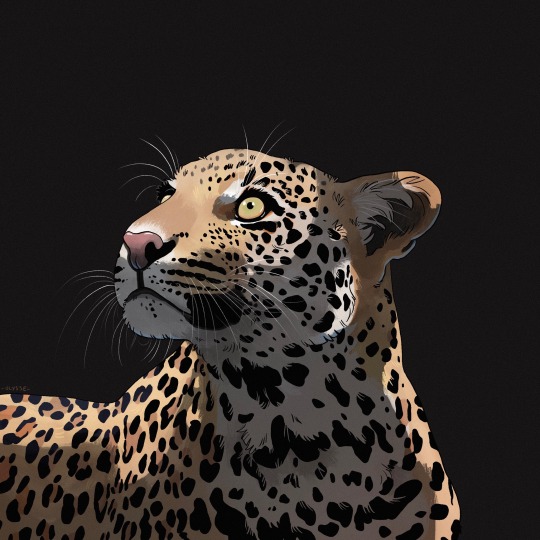
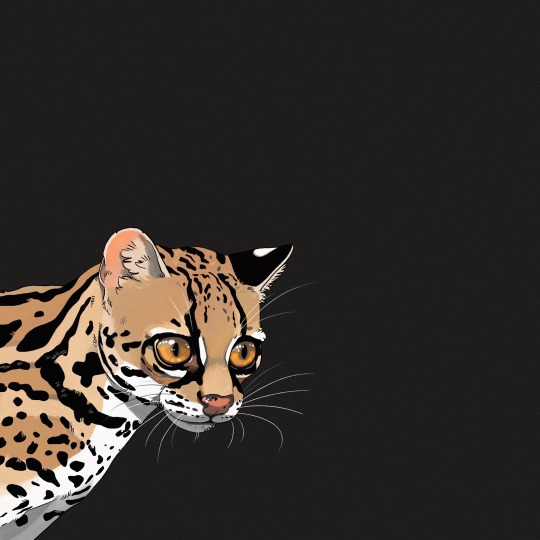
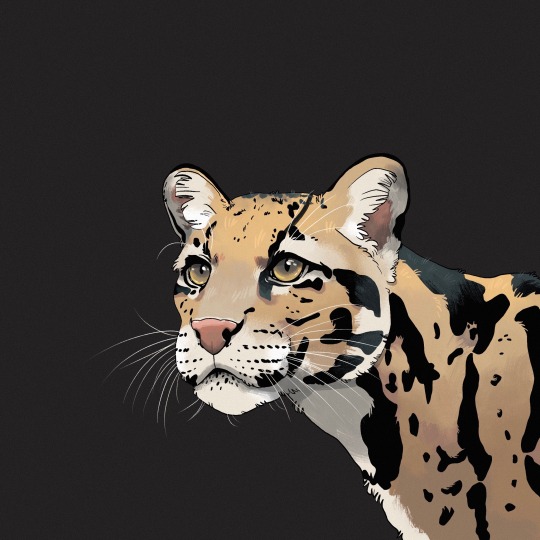
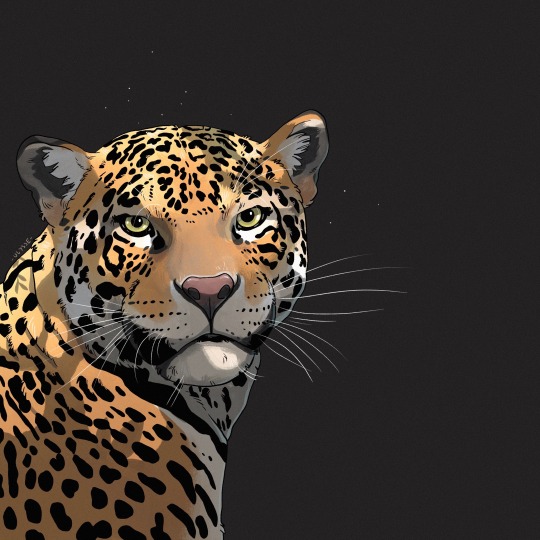
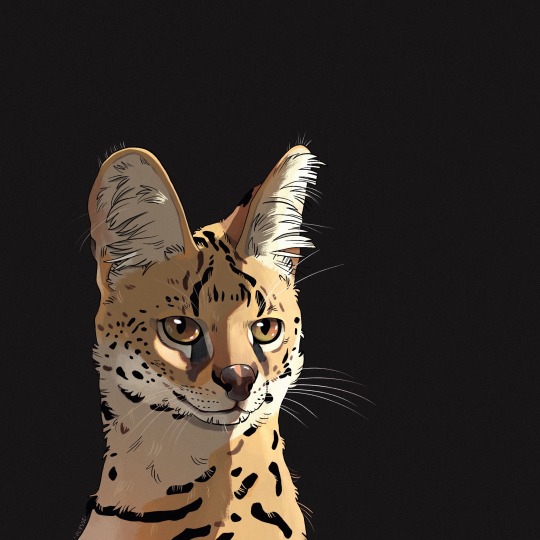

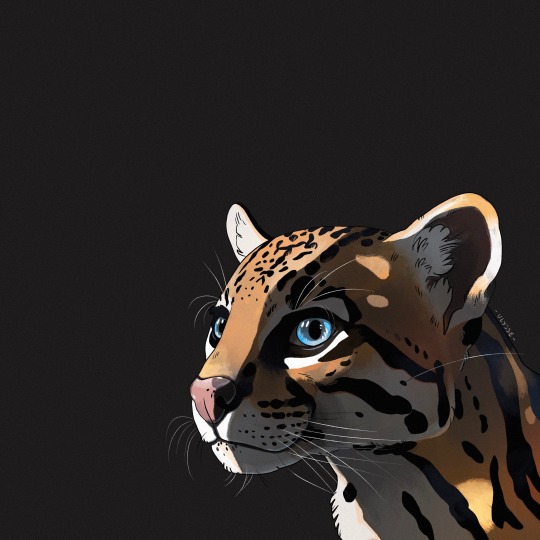
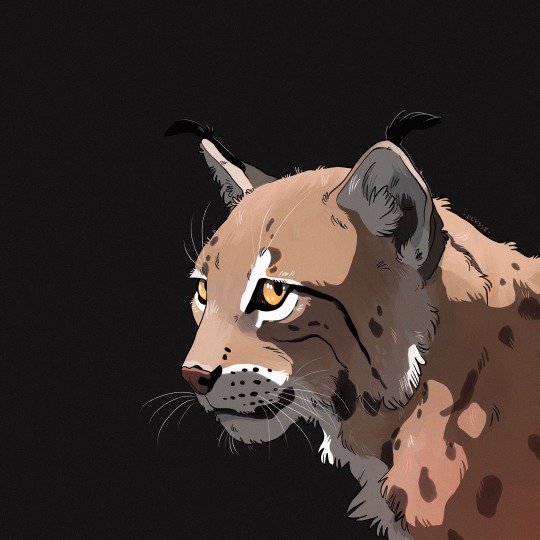
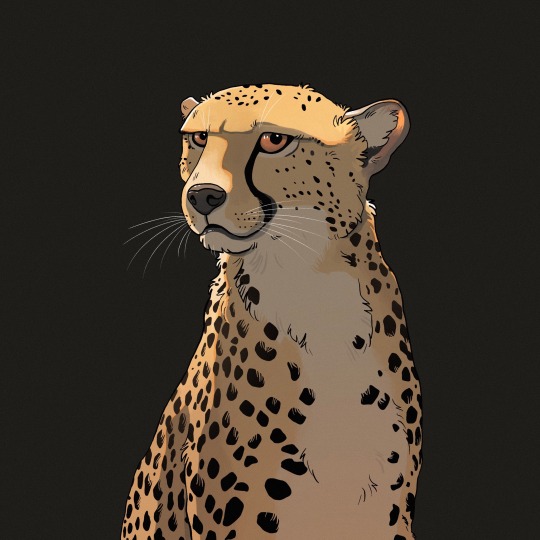
Spotted family!
#leopard#margay#clouded leopard#jaguar#serval#snow leopard#ocelot#lynx#cheetah#art#feline#felid#these are absolutely stunning
11K notes
·
View notes
Text
The Champawat Tigress
The Champawat Tiger was a Bengal Tigress who killed an estimated amount of 436 humans between 1900 ans 1907. She roamed around in Nepal and India. She is the tiger who took the most human lives.
The attacks began in the Himalayas, in a Rupal village. Hunters couldn't manage to take her down, but something had to be done as she was killing more and more human beings. The Nepalese Army forced the tiger out of its territory, but she just started hunting humans elsewhere.
She mostly targeted young women and girls, who went to the woods to get ressources.
In 1907, Jim Corbett took her down. He followed a blood trail that lead him to the tigress, which he shot several times in the chest.
The tigress' lower and upper right side canines were broken, which was, for a tiger, a huge handicap. Disavantaged in hunting her regular prey, she became a man eater.
Refer to this infodump post to learn more about man eating behaviors in tigers.


8 notes
·
View notes
Text
Tigers and man eating
Humans are not part of the tiger's natural diet. A tiger becomes a man eater if it is either too old or has a handicap that prevents it from hunting its regular prey. Humans are easy to catch. It's what happened with the Champawat Tiger; after two of her canine teeth were broken, the tigress started hunting on men.
Tigers can also attack humans if they feel theatened or startled, or if the human gets too close, but do not actually eat the human in that case.
In total, man eating tigers have killed over 373 000 people between 1800 and 2009. Most tiger attacks occurred in Southest Asia, India and Nepal.
I talked about the Champawat Tigress in this story post.

10 notes
·
View notes
Text
How to tell an ocelot from a margay
Ocelot
Ocelots live in South America, from Panama to Mexico, along the eastern coast of Central American countries. Their territory consists of forests and meadows.
They are between 70 and 100 cm (27-40") long, and their tail measures approximately 45 cm (~18").
Their front paws are a little bit longer than their hind legs, which are larger.
Margay
Margays live in Central America and Mexico. They have a short head and their body is not longer than 80 cm (~31"), however their tail reaches 50 cm (20"). They live in dense forests, in the canopy, where they hunt and raise theur cubs.
In conclusion
Ocelots are bigger than margays
Margays have a shorter head, bigger eyes and a longer tail.
Margays live in dense forests, whereas ocelots live in forests and meadows.
Ocelots' front paws are a bit longer than their back paws.


Margay (left) and ocelot (right).
7 notes
·
View notes
